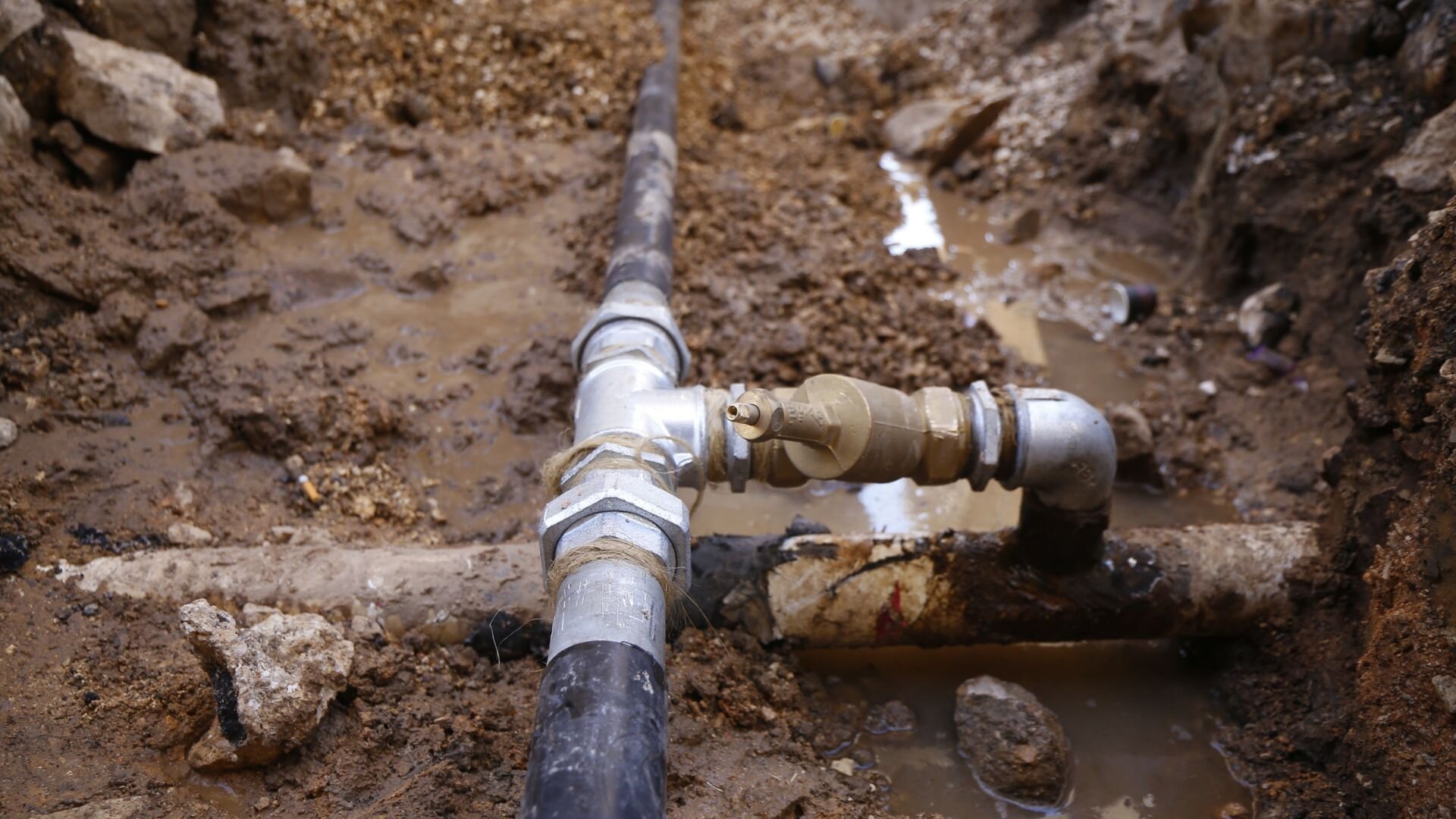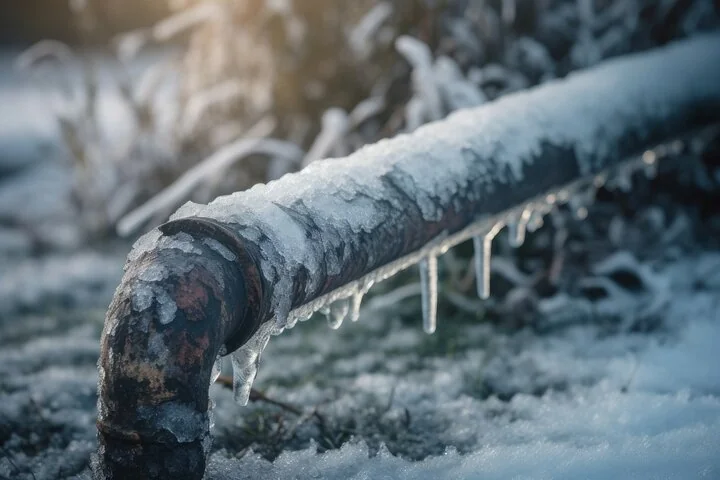What to Do When a Burst Pipe Causes Water Damage in Your Home
What to Do When a Burst Pipe Causes Water Damage in Your Home
Blog Article
Avoiding Burst Piping: Important Tips to Shield Your Pipes
Avoiding burst pipes is a crucial issue for house owners, especially during chillier months when the risk of cold is increased. Carrying out critical steps such as appropriate insulation, regular inspections, and preserving constant interior temperature levels can dramatically reduce the probability of pipe failure. Additionally, understanding emergency situation procedures equips home owners to react quickly to prospective plumbing problems. However, numerous are unaware of the details vulnerabilities that their pipes might deal with. Checking out these susceptabilities can give important insights into guarding your pipes system efficiently.
Understand Pipeline Vulnerabilities
Understanding pipeline susceptabilities is essential for reliable plumbing maintenance and preventing pricey damage. Several elements add to the susceptibility of pipelines to bursts, consisting of material make-up, age, and environmental conditions. Older pipes, especially those made from galvanized steel or polybutylene, usually degrade with time, causing raised danger of leaks and ruptures.
Temperature level changes can additionally dramatically influence pipe integrity. In cooler environments, water trapped in pipelines can freeze, putting in and expanding pressure on the pipeline walls, which may eventually bring about a burst. In addition, high water stress can strain pipes, especially at bends and joints, increasing the chance of failing.

Insulate Piping Properly
Proper insulation of pipelines is crucial for stopping cold and subsequent bursts during winter (burst pipe). Insulating your plumbing system properly safeguards against temperature level goes down that can lead to costly damage. Begin by recognizing susceptible locations where pipelines are revealed to outside temperatures, such as basements, attic rooms, and exterior wall surfaces
Usage foam pipeline insulation sleeves or wrap insulation tape around these locations to give a safety barrier. Guarantee that all sections of the pipelines, especially those with limited heat exposure, obtain sufficient insulation. Pay special focus to installations and joints, as these are extra susceptible to freezing.
When insulating, it's vital to pick materials that satisfy neighborhood building regulations and are suitable for the specific setting. Fiberglass insulation is typically advised for its thermal resistance properties. In addition, consider using warmth wires or tape in extreme problems, which can be plugged in to supply additional heat
Frequently examine protected pipelines for any kind of indicators of wear or damages, as endangered insulation can reduce its performance. By taking these positive procedures, you substantially decrease the risk of pipe ruptureds, ensuring a reliable plumbing system throughout the winter season.
Maintain Constant Temperature
A secure interior temperature level is necessary for protecting against ruptured pipelines during the cold months. When temperature levels drop, water within pipes can freeze, broadening and producing stress that might ultimately cause the pipelines to ruptured.Using a programmable thermostat can aid take care of interior temperatures effectively, making certain that rooms with plumbing continue to be warm also when the residence is vacant.
This minor flow of water can prevent freezing by alleviating stress within the pipes. By applying these approaches, like this house owners can significantly lower the risk of pipe bursts and protect their pipes systems against the extreme wintertime components.
Consistently Evaluate Pipes
Routine inspections of pipes systems are critical for avoiding ruptured pipes and preserving total home stability. Routine checks allow property owners to determine potential concerns before they intensify into costly repair services or major water damage. Throughout these evaluations, it is vital to analyze visible pipes for signs of rust, leakages, or wear. Pay special focus to locations prone to cold, such as basements, attic rooms, and outside walls.
In addition, checking links and joints is crucial, as these factors are frequently prone to leakages. Home owners must additionally evaluate water stress degrees, as too much stress can strain the pipes system and increase the risk of pipeline bursts.
Think about organizing expert pipes assessments a minimum of yearly, specifically prior to winter months, to guarantee your system is gotten ready for chillier temperature levels. Regular assessments not only assist in recognizing immediate concerns yet click over here now also foster long-lasting upkeep techniques that can improve the lifespan of your plumbing system. By being aggressive in your method, you can protect your home against the pricey and turbulent effects of ruptured pipelines. Focusing on plumbing evaluations is an investment in your home's health and security.
Know Emergency Situation Procedures
Recognizing emergency procedures is crucial for every homeowner, specifically after conducting normal plumbing inspections. Being prepared for a plumbing emergency situation can considerably reduce damage and conserve expenses.
Next, maintain essential devices convenient. i thought about this A plumbing emergency situation set need to consist of a wrench, plunger, and towels, as well as a flashlight and a pail for little leakages. Additionally, take into consideration having the contact info for a trusted plumbing technician conveniently available, ought to the situation escalate past your control.
If you identify a leak or burst pipeline, immediately switch off the supply of water and inform your plumbing. Document the damage with photos for insurance purposes. Recognize the indicators of prospective plumbing problems, such as unusual water pressure fluctuations or damp areas on wall surfaces
Eventually, positive expertise and swift action are critical in taking care of plumbing emergency situations, ensuring your home stays safeguarded and lessening prospective damages.

Conclusion
Finally, protecting against burst pipelines necessitates a complex approach that includes understanding pipeline vulnerabilities, appropriate insulation, keeping constant indoor temperatures, routine evaluations, and expertise of emergency situation procedures. By carrying out these important approaches, the risk of pipes failures can be substantially reduced, consequently ensuring the long life and effectiveness of the pipes system. Proactive procedures not just secure against possible damage but likewise add to overall water preservation and the security of residential or commercial property.
In cooler environments, water trapped in pipelines can ice up, putting in and increasing stress on the pipe wall surfaces, which may ultimately lead to a ruptured. When temperature levels drop, water within pipelines can ice up, developing and broadening pressure that may ultimately trigger the pipes to burst. By executing these approaches, house owners can considerably decrease the risk of pipe bursts and guard their plumbing systems versus the severe winter season components.

Report this page